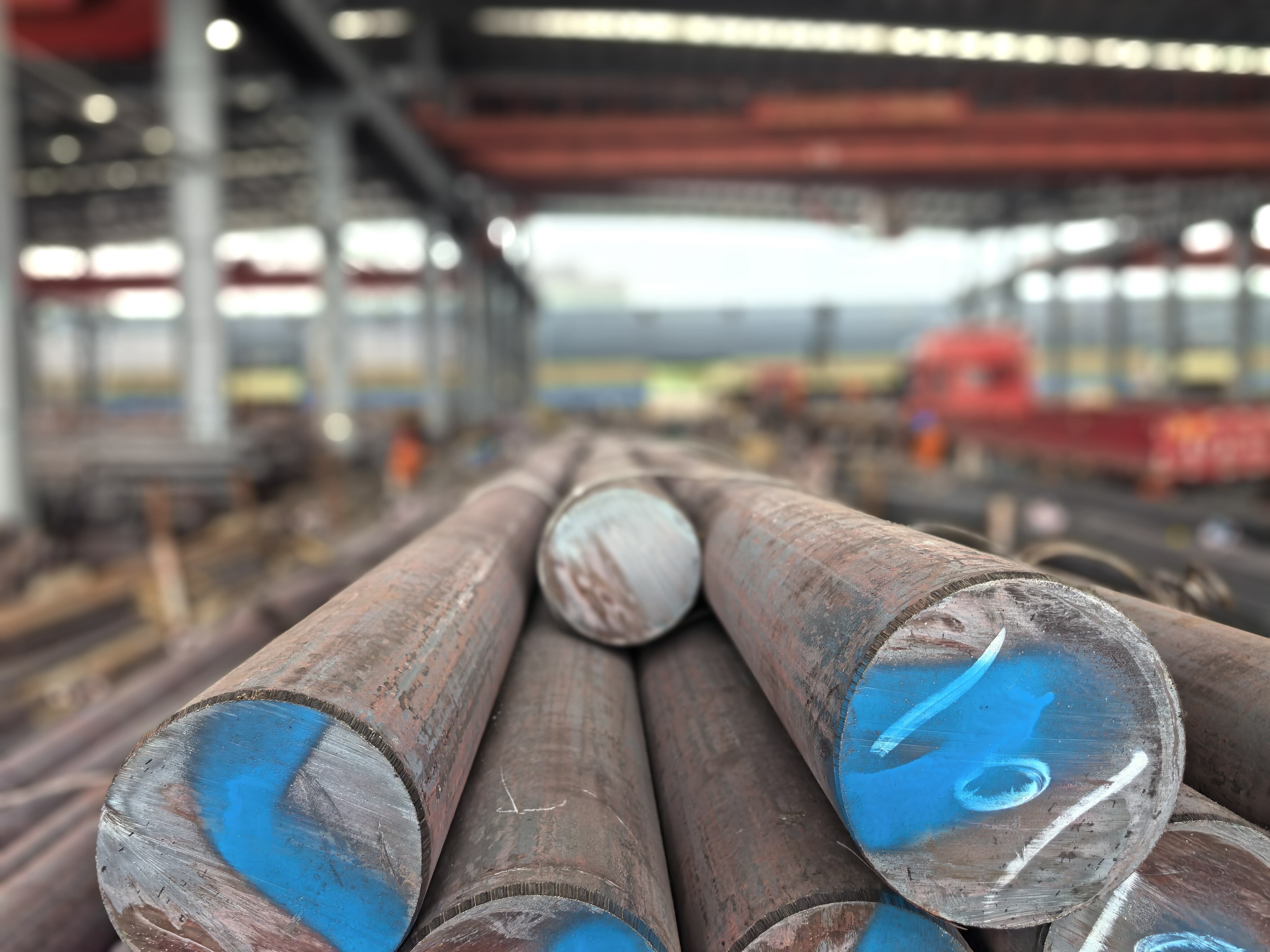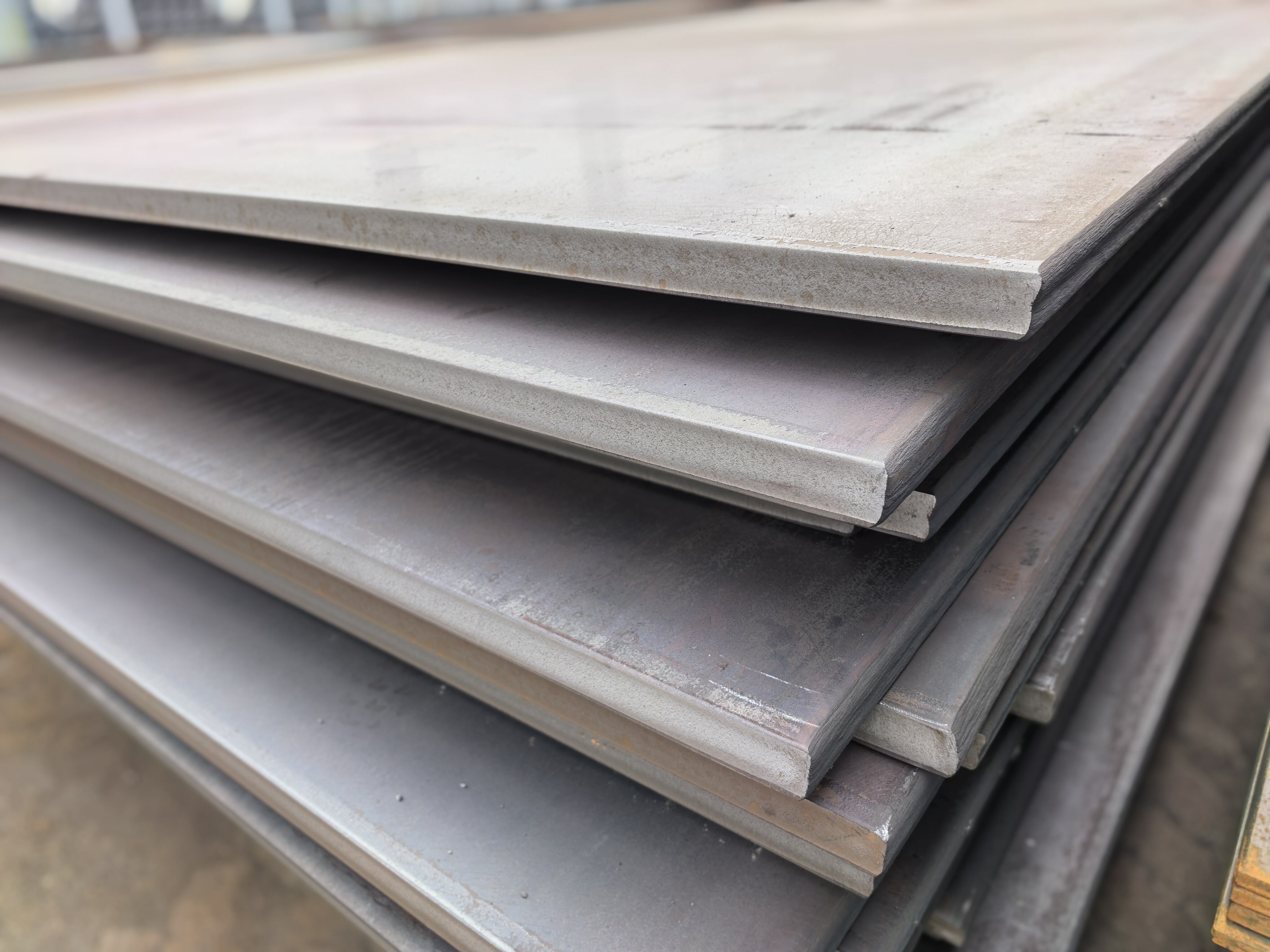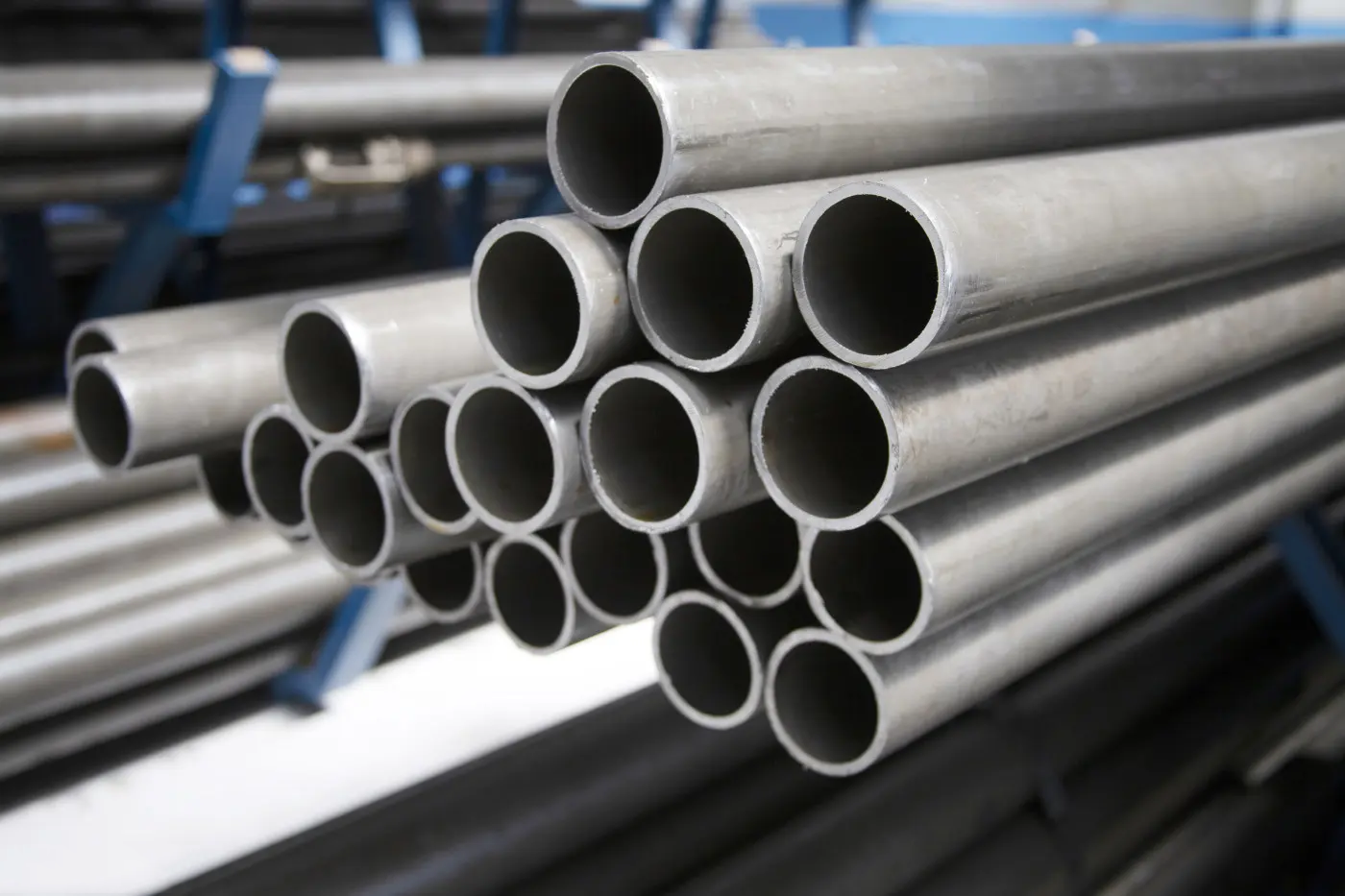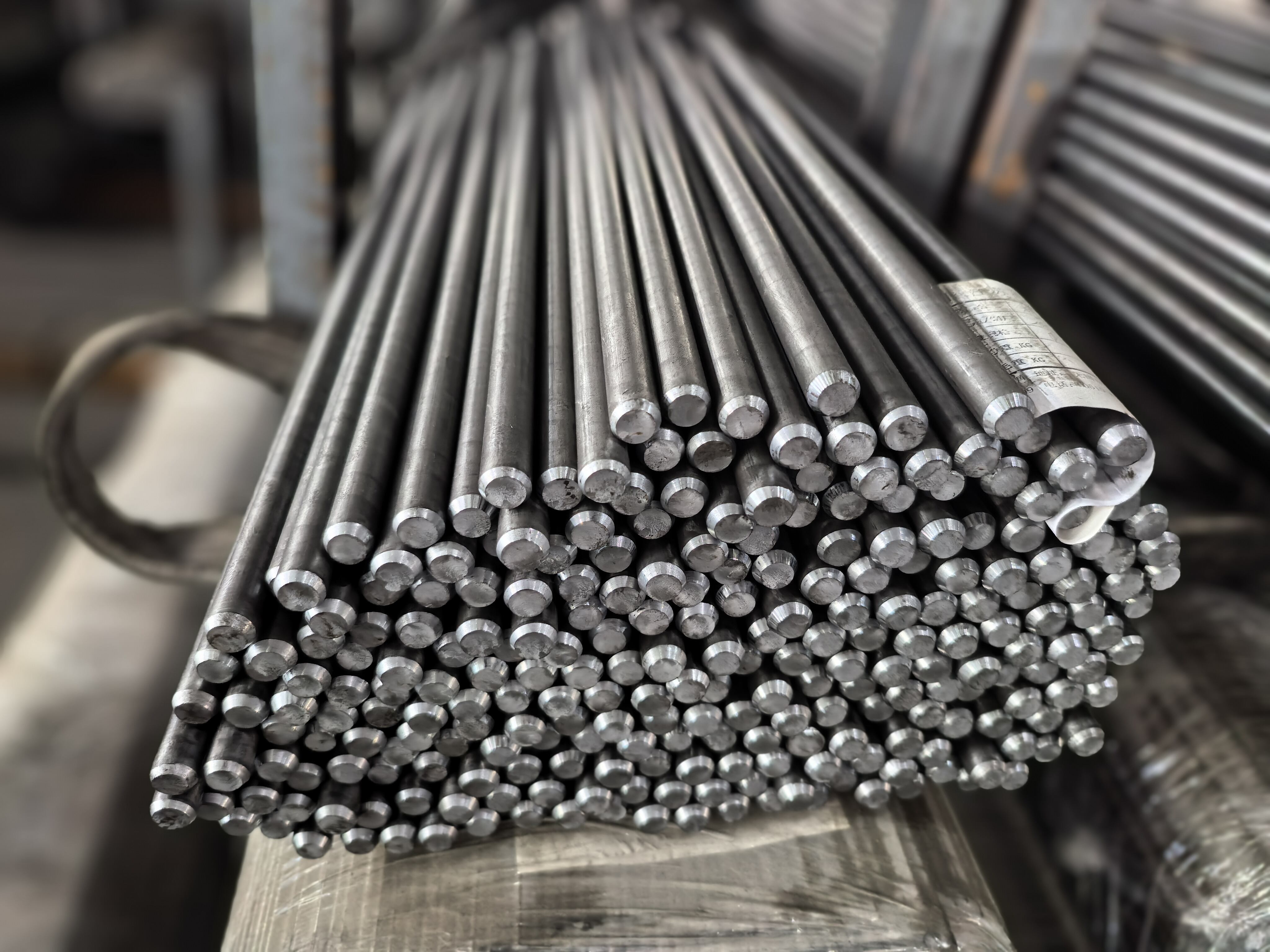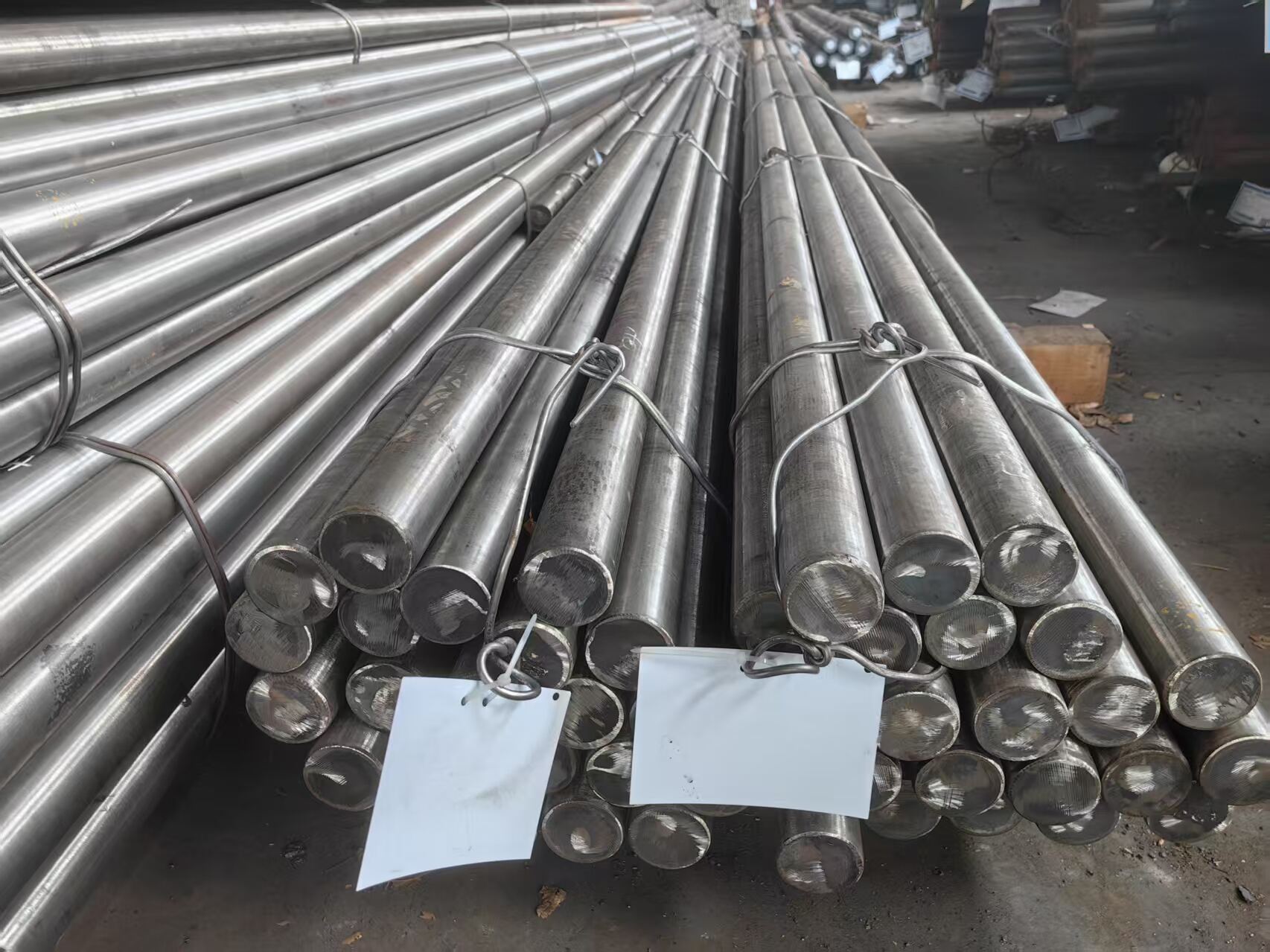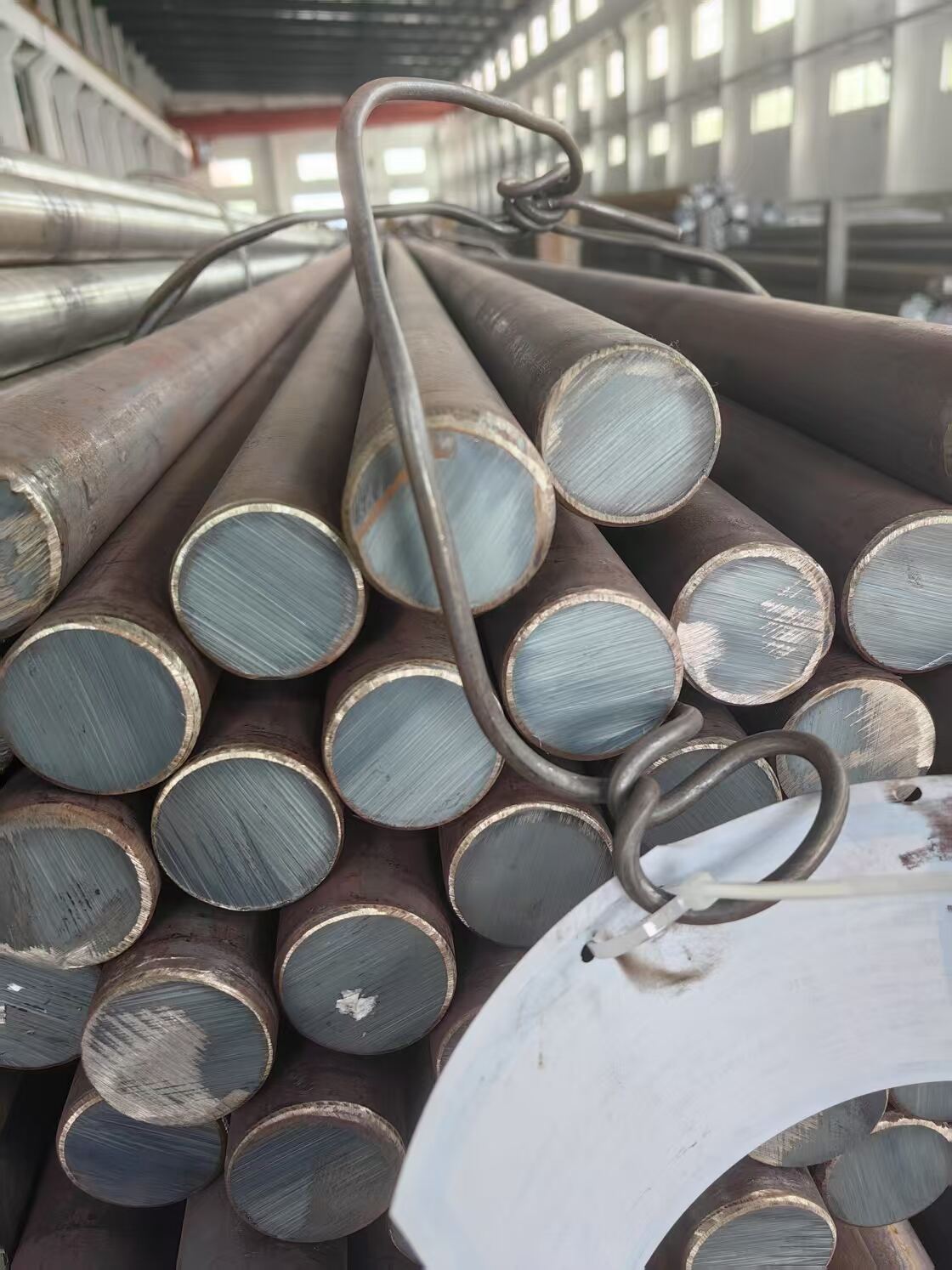bearing steel material
Bearing steel material represents a specialized category of high-carbon chromium steel specifically engineered to meet the demanding requirements of rolling element bearings and precision mechanical components. This advanced metallurgical material serves as the foundation for manufacturing ball bearings, roller bearings, and various rotating machinery elements that require exceptional durability and performance under extreme operating conditions. The bearing steel material combines carefully controlled chemical composition with precise heat treatment processes to achieve optimal hardness, wear resistance, and dimensional stability. Manufacturers utilize this material primarily in automotive applications, industrial machinery, aerospace systems, and precision instruments where reliable operation and extended service life are critical factors. The technological features of bearing steel material include superior through-hardening capabilities, excellent fatigue resistance, and remarkable dimensional stability under varying temperature conditions. These characteristics result from the precise balance of carbon content, chromium additions, and controlled manufacturing processes that eliminate impurities and ensure uniform microstructure throughout the material. The heat treatment process transforms the bearing steel material into a martensitic structure with retained austenite levels optimized for specific applications, creating the ideal combination of hardness and toughness required for bearing applications. Modern bearing steel material production incorporates advanced vacuum degassing techniques and electromagnetic stirring methods to minimize non-metallic inclusions and achieve exceptional cleanliness levels. This attention to material purity directly translates to improved fatigue life and reduced failure rates in critical applications. The applications for bearing steel material extend across numerous industries, including automotive transmissions, electric motors, wind turbines, machine tools, and medical devices, where precision and reliability cannot be compromised.






